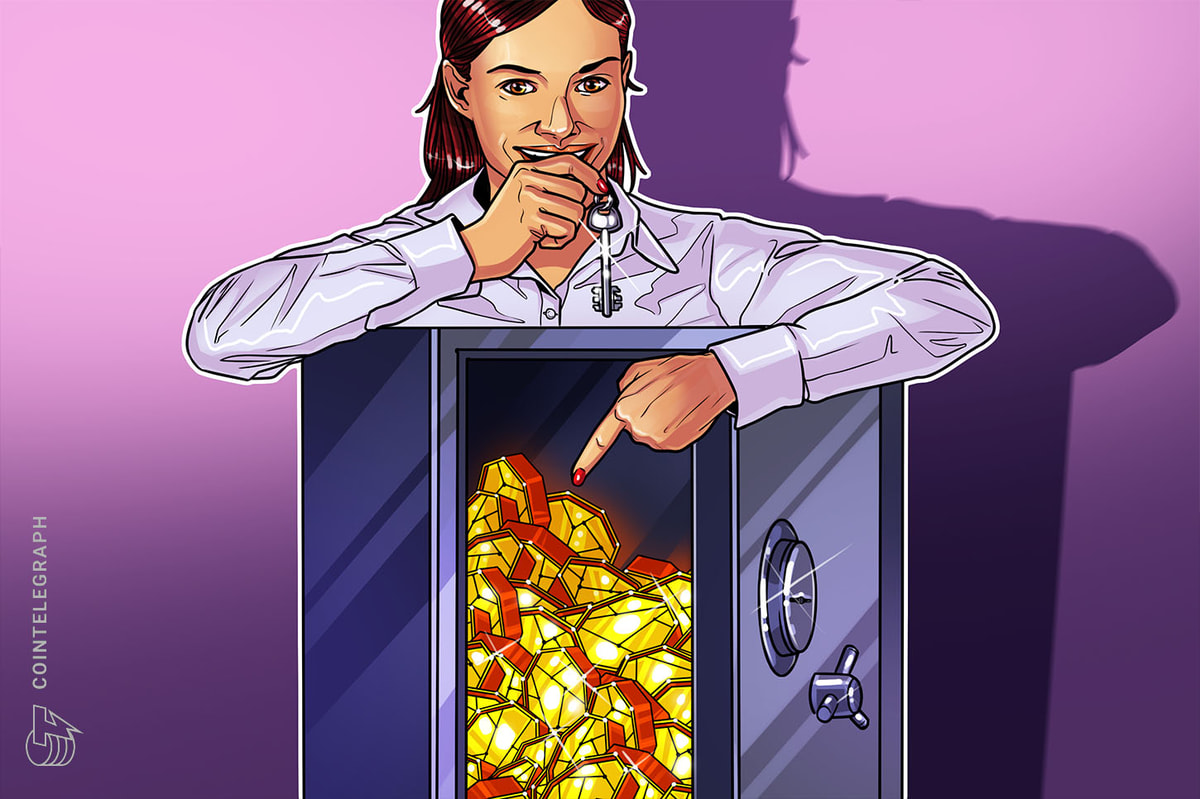Jeers to this!
The city Department of Health is suggesting cutting the number of liquor stores in the Big Apple as a way to curb health-threatening booze abuse.
In a report released Wednesday, Mayor Eric Adams’ DOH warned that consuming too much alcohol has been linked to at least seven types of cancer, including mouth, throat, larynx, esophagus, liver and colorectal, as well as breast cancer in women.
The report recommends reducing the “density” of spirit slingers in certain neighborhoods, and also suggests restrictions on alcohol advertising and spiking sales taxes and drink prices — recalling the public health war against tobacco.
“This report from the Health Department is a clear reminder that our work to build a healthier city for all New Yorkers is far from over,” said Adams, a health nut but also a nightlife advocate, as he endorsed the report.
“It’s especially concerning to see how the density of liquor stores in a neighborhood is linked to heavy drinking, and how this disproportionately affects communities of color,” said Adams in a statement.
The report — part of Adams’ “HealthyNYC” agenda — found that city neighborhoods with the highest concentration of liquor stores also had the largest prevalence of heavy drinking (12%).
That’s about three times higher than in neighborhoods with the lowest liquor store density (4%), according to the study.
There are nearly 25,000 businesses licensed to sell spirits in the city, with about 1,500 categorized as liquor stores, the report said.
But the head of the group representing the city’s 3,300 wine and liquor store merchants railed that cutting off booze outlets was extreme and anti-business.
“Our products are only sold in a controlled and regulated environment, because we believe in responsible drinking, only among legal age adults,” said Michael Correra, executive director of the Metropolitan Package Store Association and owner of Michael Towne Wine & Spirits in Brooklyn Heights.
“It is also critical to acknowledge that New York City is economically reliant upon the tourism, restaurants, nightlife economy, as last year the Big Apple hosted 64.3 million tourists, who spent $51 billion here, supporting over 388,000 jobs, according to the office of the mayor’s own data.”
One bar restaurateur said, “I don’t even know where to start. Is this some sick Orwellian joke?
“A failing politician and a career health department bureaucrat walk into a bar. And the bartender says nothing because they put him out of business… We also have a heart disease and diabetes problem in this country. Do we close half the supermarkets so people can’t get to eat twinkies?”
State Conservative Party chairman Gerard Kassar said, “This is nanny government saying, `We know better than you do. It’s completely off-kilter. It’s ant-business and anti-freedom.”
The DOH, previously floated the idea of slashing the number of liquor stores and sales under then-Mayor Mike Bloomberg.
The renewed anti-booze push comes at a time when Adams and Gov. Kathy Hochul are promoting the growth of New York’s legal cannabis industry.
“We are committed to increasing awareness of the risks of alcohol use and ensuring that everyone has access to the life-saving cancer screenings and the quality care they need,” said Adams’ statement.
The DOH study found that men and higher-income New Yorkers were more likely to drink alcohol.
It identified neighborhoods across Manhattan as having the most liquor stores, from 21 to 45 per 100,000 residents, along with the downtown and northern Brooklyn area.
The same areas also had the highest percentage of heavy drinkers — 10.3% to 15% of the population
But even in suburban Staten Island and southern Brooklyn neighborhoods such as Bay Ridge, 5.7% to 10% of residents were also heavy drinkers, second highest in the city.
That wasn’t a surprise to the head of a major substance abuse treatment program on the island.
“We’re operating in a drug-using and alcohol-using borough. It’s just business as usual,” said Luke Nasta, founder and CEO of Camelot Counseling Centers.
Alcohol, like marijuana, is a “gateway” drug whose abuse can lead people to addiction of more potent drugs such as heroin and other opioids, Nasta said.
The DOH report suggested that the city: “Consider policy options including warning labels, alcohol retailer reduction, alcohol advertising restrictions, and price levers such as taxes or minimum unit pricing to reduce the likelihood of alcohol-related harms.”
Minimum pricing sets the lowest prices that retailers can sell booze at, which typically increases costs to buy the cheapest alcohol, such as beer or wine.
Among the alcohol-related cancer cases noted in the study were:
- Female breast cancer rates were higher among white females, though the death rate was higher among black females.
- Colon cancer rates in the city were higher among males than females — 40 vs. 29 per 100,000 residents.
- Liver cancer rates were three times higher among males –13 per 100,000 — than females, 4 per 100,000.
“Alcohol use is common among adults, but its connection to certain cancers is not widely known,” said Acting Health Commissioner Dr. Michelle Morse.
“We encourage New Yorkers to make cancer screenings a part of their routine primary care. Early detection saves lives.”
Read the full article here















